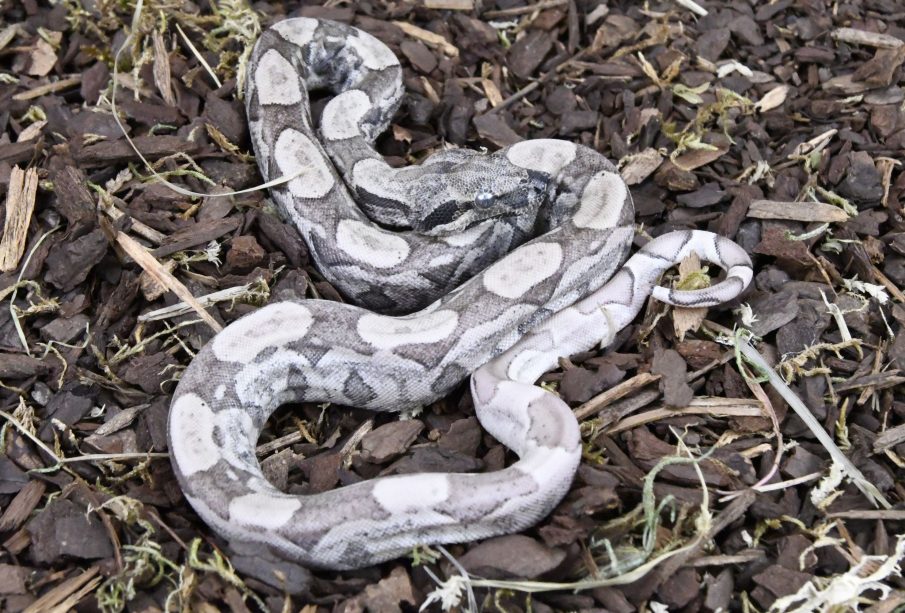Understanding Boa Constrictors: Habits, Threats, and Conservation

The Importance of Boa Constrictors
Boa constrictors are one of the most recognizable snake species, known for their distinctive patterns and impressive size. As non-venomous constrictor snakes, they play a crucial role in their ecosystem by controlling the populations of their prey. Understanding their behaviour, habitat, and the challenges they face is vital for conservation efforts and educating the public about these fascinating creatures.
Characteristics and Behaviour
Native to Central and South America, boa constrictors can grow to lengths of 2 to 4 meters, depending on their environment and subspecies. They are known for their robust bodies, which exhibit a pattern of brown, tan, and cream, making them adept at blending into their surroundings. Boa constrictors are primarily nocturnal hunters, using their keen sense of smell and heat-sensing pits to track prey. Their diet mainly consists of small mammals and birds, which they subdue through constriction.
Habitat and Distribution
Boa constrictors thrive in a variety of habitats, including tropical rainforests, savannas, and semi-arid regions. They are excellent climbers and often found in trees, although they also inhabit ground-level areas. Their distribution stretches from the U.S. southernmost states to as far south as Argentina, showcasing their adaptability to different environments.
Conservation Status and Threats
Despite their prevalence, boa constrictors face several threats that have led to a decline in some populations. Habitat loss due to deforestation for agriculture and urban development poses a significant risk. Additionally, they are hunted for their skins and collected for the exotic pet trade. The International Union for Conservation of Nature (IUCN) lists some subspecies as Near Threatened, signalling the need for immediate conservation actions to safeguard their future.
Conservation Efforts
Numerous organisations are working to protect boa constrictors and their habitats. Efforts include habitat restoration, legal protections against poaching, and educational campaigns aimed at reducing the demand for exotic pets. Conservationists are also engaging local communities to promote sustainable practices that benefit both wildlife and human livelihoods.
Conclusion: The Future of Boa Constrictors
As an integral part of their ecosystems, boa constrictors are a species that warrant protection and respect. With dedicated conservation efforts and increased public awareness, there is hope for ensuring that these impressive creatures continue to thrive in the wild. Understanding their behaviour and the challenges they face is essential for fostering a coexistence that benefits both boas and the environments they inhabit.









